By: Mauricio Uro
I recently read that “the construction of a road is made up of different phases, beginning with the outline of the design topographic line to determine… “a lotta of things.”
When you go on a trip, you accept the fact that the road in front of you is the best way to get from point A to point B, but you rarely question why that path is the way it is, what were the circumstances that led the builders to determine the characteristics of its construction, slopes, curves, bridges, and channels?
Assuming that the road was made professionally, it is as it is, because it conforms to the characteristics and conditions of the environment that made it possible. It is the shortest, most efficient route, safe and economically viable that could be built considering the environment in which it is located and the technical and financial possibilities at the time of its construction.

Every venture, before starting to manufacture its product or service, needs to TRACE ITS ROUTE OF CONSUMPTION, this means that you need to be very clear about how you are going to build the path that will take the customer from where they are to the consumption of your product or service and return it as many times as necessary to achieve that your business model works.
This is exhaustive field work because you must first-hand identify the characteristics of the environment in which your market segment is located and at the same time, of intense reflection, because you must be very clear about the technical and financial conditions of it.

It’s ridiculous how many restaurants in Mexico (or any other place) fail because they don’t have parking. They are the perfect example of what happens when you ignore the consumption route.
You don’t have to do complex technical analysis to understand this topic, consider it from the following way:
The path is the route that your customer must follow to buy your product or service. The path must always be accessible, short, and easy to navigate, to achieve this, you must build bridges and channels that make the experience comfortable and with the least possible friction.
The bridge is the action that your company must conduct, to unify “gaps” in the road, for example: Accept multiple payment alternatives, they are “bridges” that you implement to adapt better the route to the conditions of your client. If someone wants to pay you in cash, stretch out the hand. Paying with a card? Remove the clip. In dollars? Check the exchange rate. Paying with Bitcoin? Open your account in Bitso.
I am not exaggerating, build bridges that at the end of the day, bring consumption. That they pay you as they want but that it can be converted into pesos or dollars in your bank account bank. The channel is the action that you must do to solve the great obstacles in the way, the government regulations, technical difficulties, all the big problems that your entrepreneurship faces to provide a unique and extraordinary experience to your customers.
SOLVE IT.
Go through the difficulties with a CHANNEL, simplify the complicated with a bridge and build a short, safe, and accessible path so that your client always finds the route to your company.
Mauricio Uro
Co-Founder Investal




















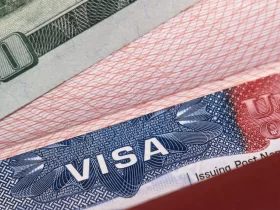
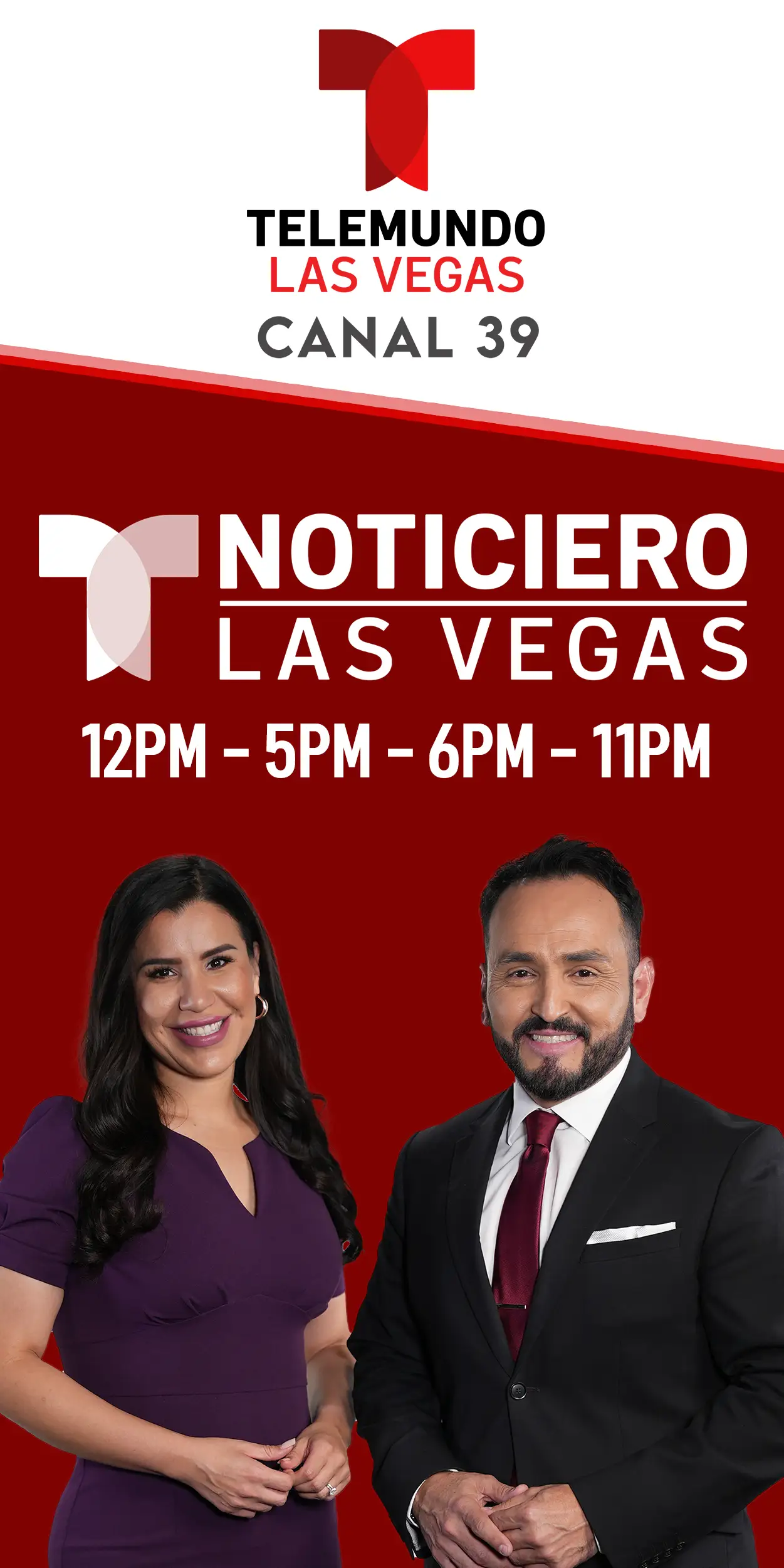
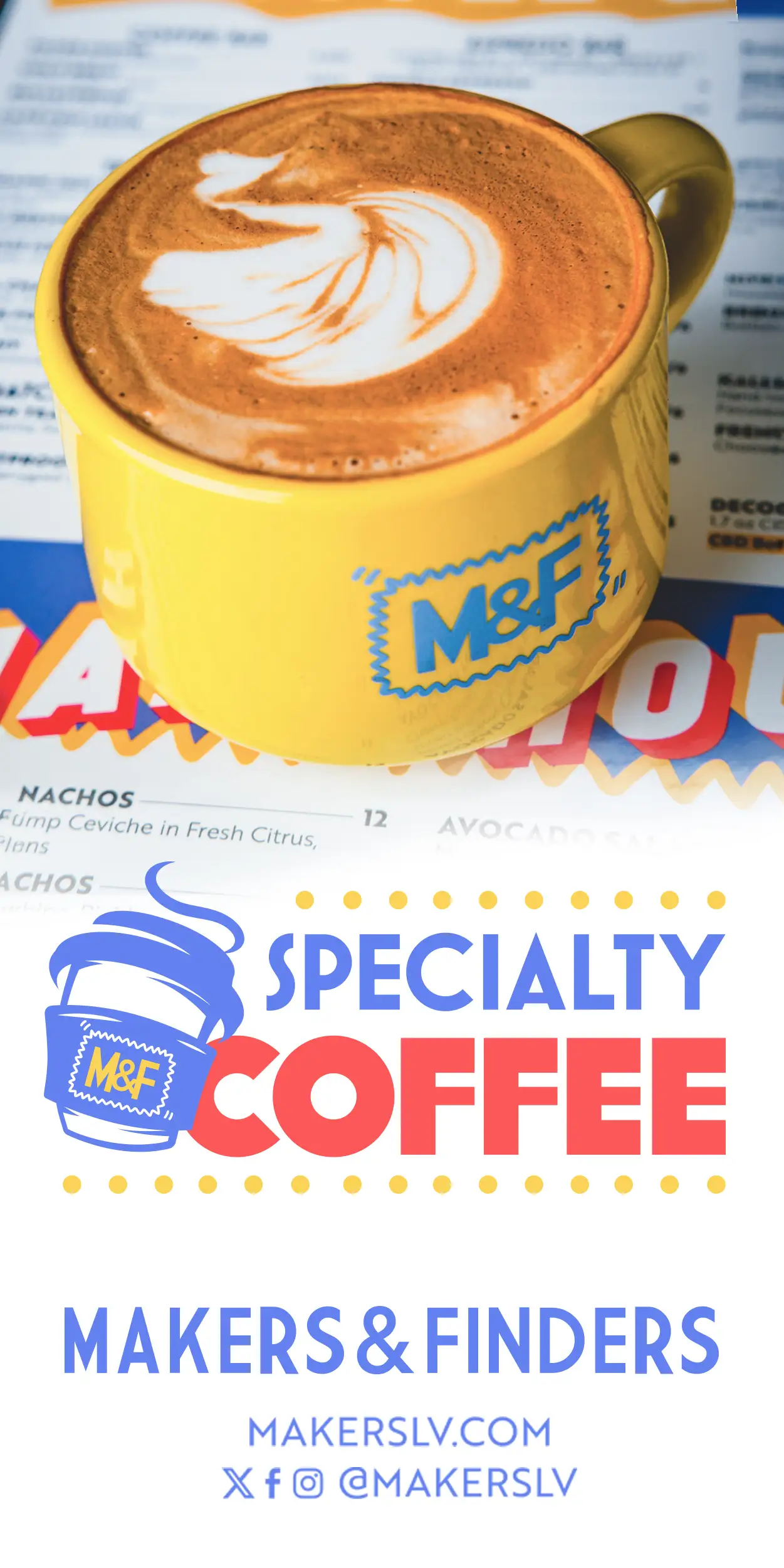



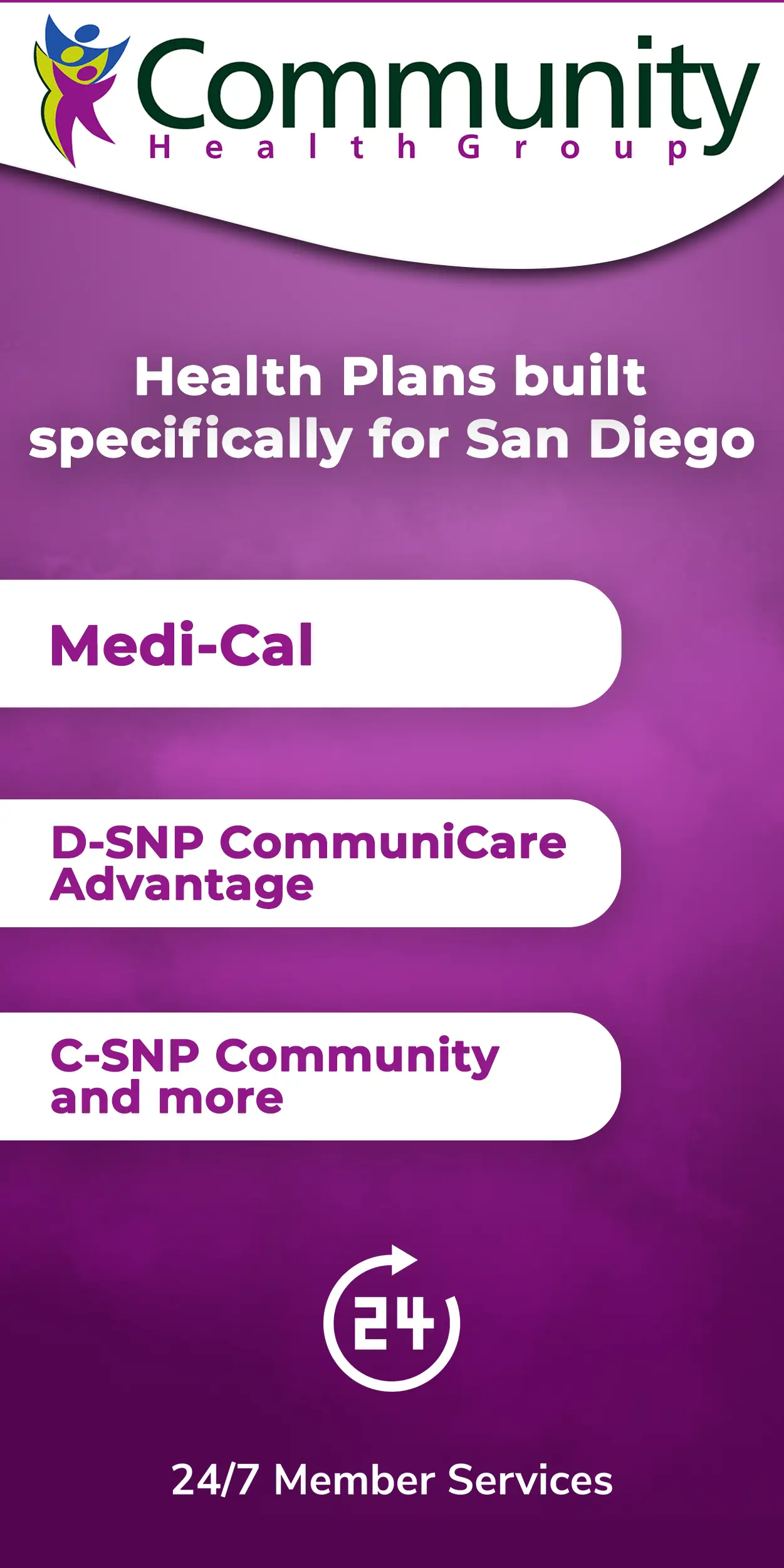






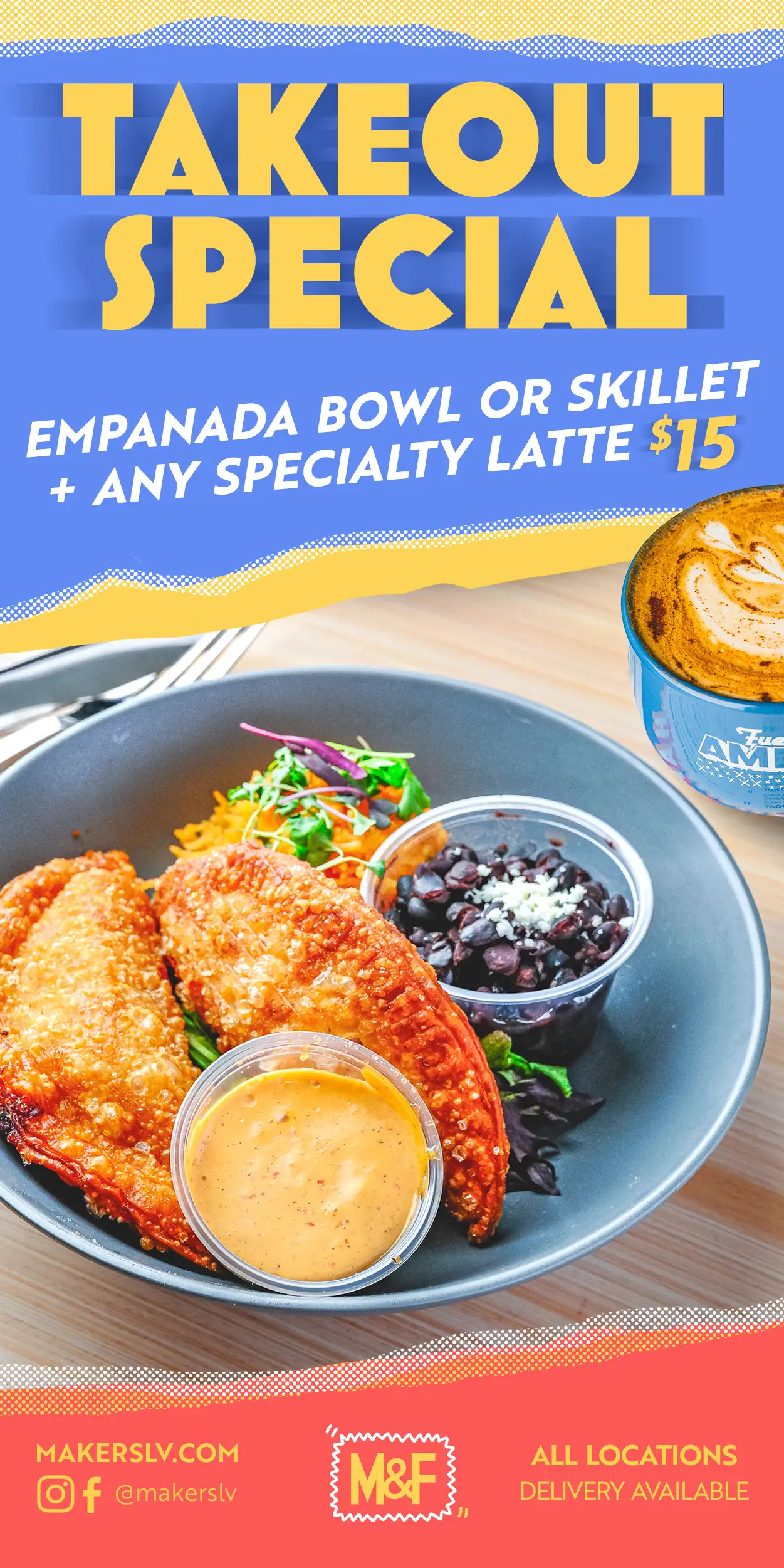

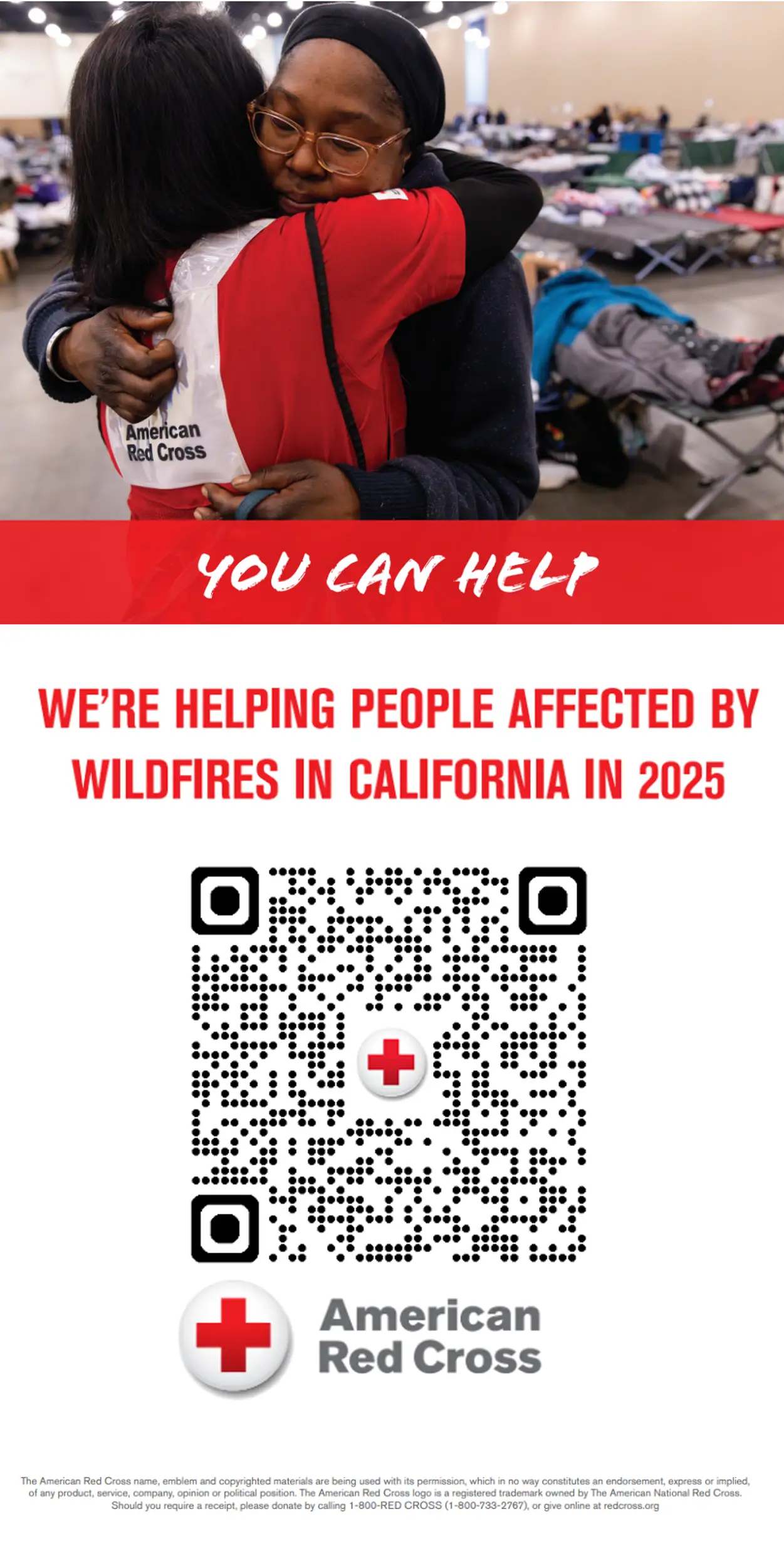



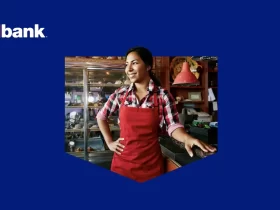

Leave a Reply